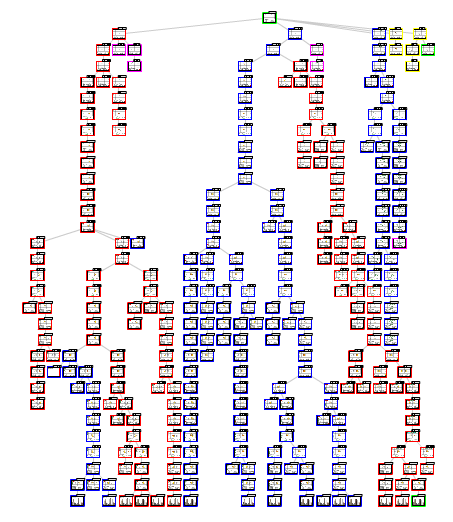
A collaborative problem-solving environment is a place, typically a website, where users can come to pose and solve problems together. Some problems are simply puzzles, like the well-known Towers of Hanoi. Others are like games in which some score is to be maximized; CitySim, developed by graduate student Tyler Robison is one example. Other kinds of problems, such as color scheme design for interior decorating, involve aesthetic judgments. With tools specifically designed to support problem solving, design, and the sorts of communication particular to those processes, collaborative problem-solving environments have the potential to substantially increase both productivity of solvers and their knowledge and skills in problem solving. Our research group has developed an experimental facility called CoSolve that is helping us try out new tools and better understand how they can assist problem solvers.
CoSolve's problems are created by users. However, they must be created within a structure that will allow CoSolve to provide computational assistance during the solving process. Posing problems this way requires special ways of thinking. Therefore, one of our tools facilitates problem formulation by providing scaffolding for Python code that must implement key problem components. We've also been exploring various tools for helping teams of solvers understand aspects of their collaboration, including means of visualizing sessions, as well as displays to help solvers fill specific kinds of roles within their teams.
Some of the questions we wish to answer in the near future are what visualizations for problem spaces work best, and what additional scaffolds and tools can make it easier to pose complex problems for systems like CoSolve.
